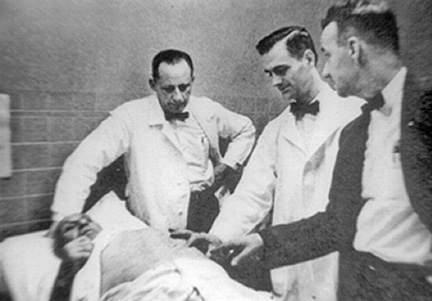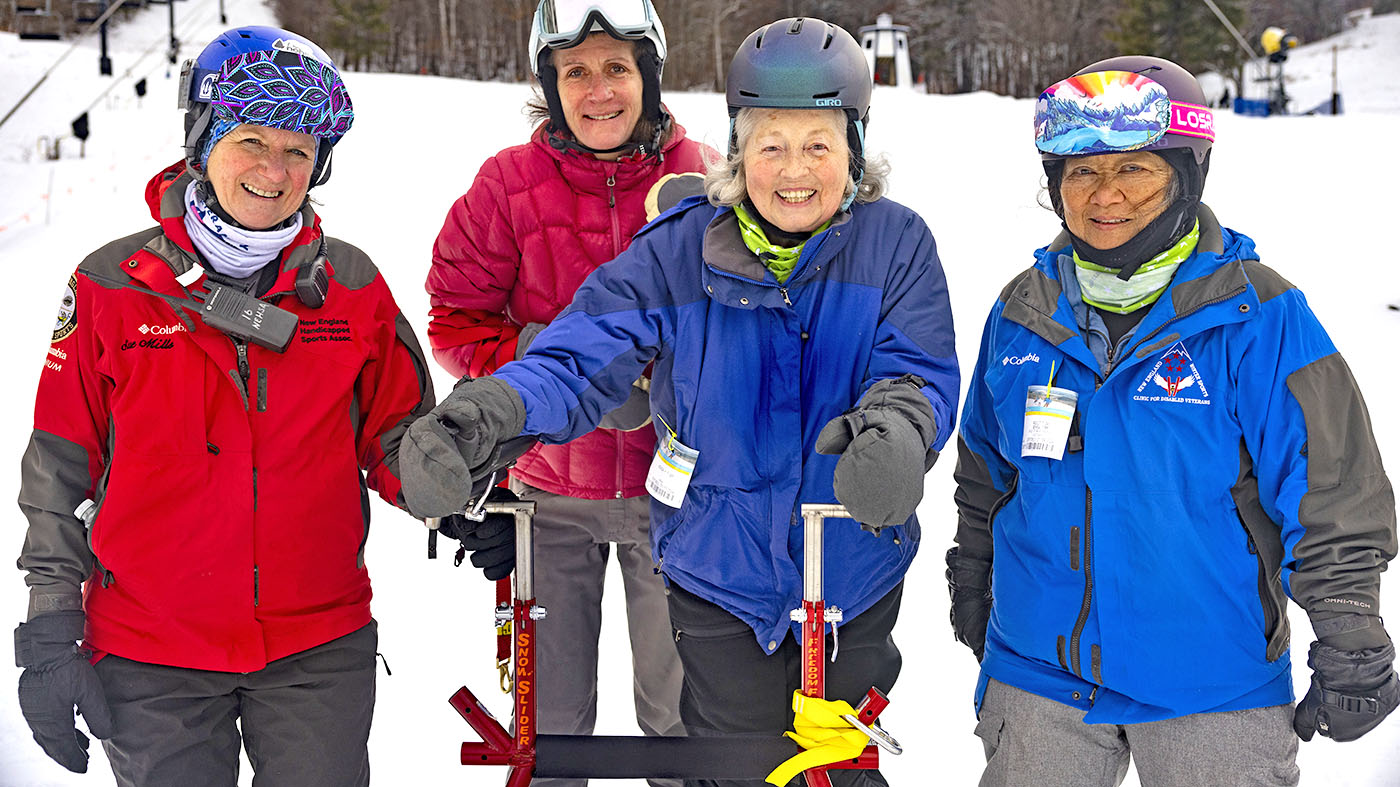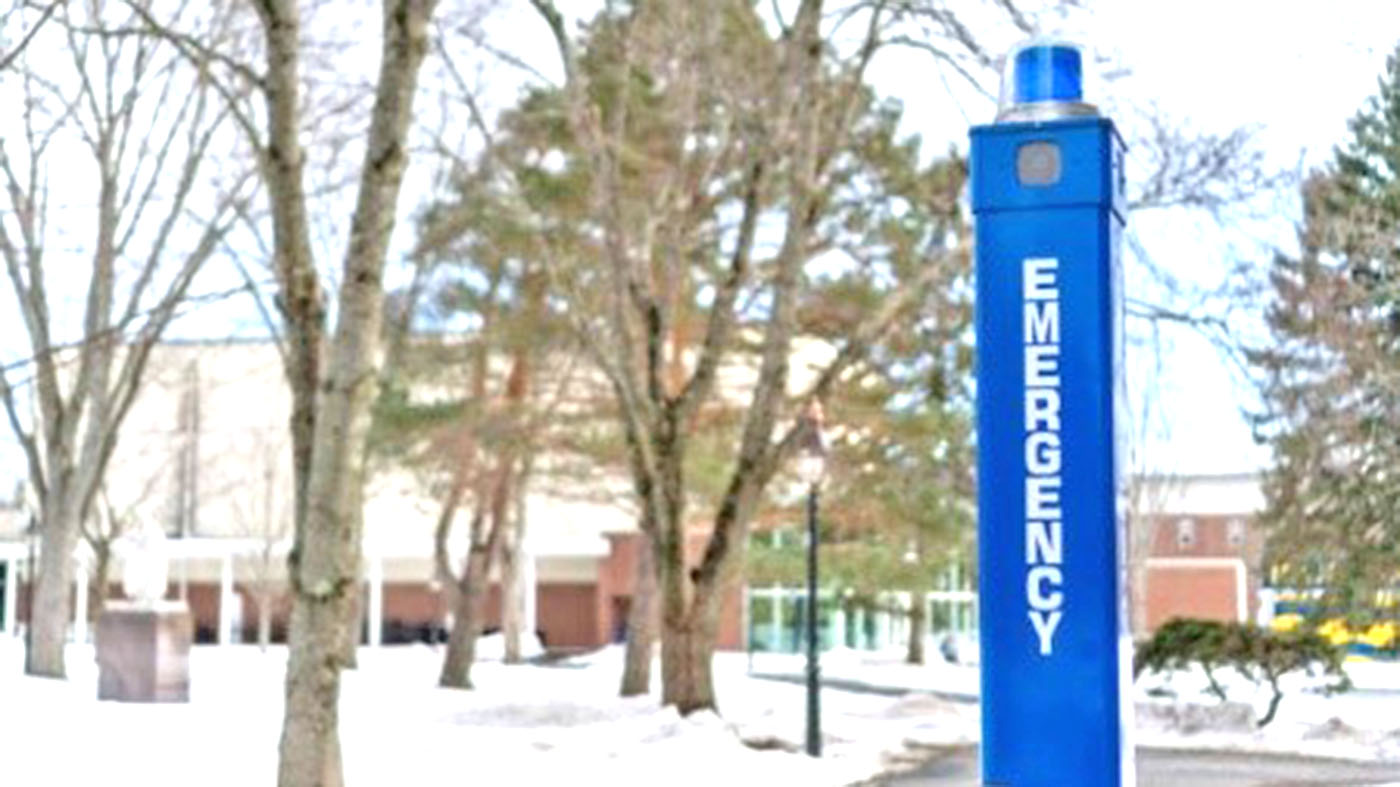For 79 years, VA has delivered innovative health care to America’s Veterans. VA researchers developed the cardiac pacemaker and the nicotine patch, and VA surgeons performed the first successful liver transplant. VA continues to lead the way in health care innovation and was recently named one of the top 10 rising research institutions in North America.

The first cardiac pacemaker
In 1960, VA researchers—led by Dr. William Chardack of Buffalo VA—created the cardiac pacemaker, a small electronic device that can be implanted in a patient’s chest to help stabilize abnormal heart rhythms. Chardack described the original pacemaker as a “battery-operated gadget about twice as big as a spool of Scotch tape and much the same shape.”
Although surgical techniques and pacemaker technologies evolved over the years, the basic design remains similar to the device introduced to the medical world by Chardack and his collaborators in 1960.
Today, VA offers state-of-the-art pacemakers to Veteran patients, including one of the newest pacemaker designs, the dual-chamber leadless pacemaker technology. The leadless system consists of two tiny pacemakers, each smaller than a AAA battery, inserted via a catheter in a large vein in the thigh and secured in the upper and lower heart chambers.
Living a full, healthy life is possible with a pacemaker. Learn more about pacemakers and how those in need of one can prepare for the procedure at Pacemakers | Veterans Affairs (va.gov).
Veteran receives dual-chamber pacemaker
More than three million Americans live with pacemakers. One of those Americans is Air Force Veteran Bryce De Witt, a healthy father of four. In 2022, at 35, he began to experience heart palpitations. After consistently being dismissed by providers who labeled his symptoms as anxiety, DeWitt was urged to visit his local VA in San Francisco.
“They took me very seriously. It was VA that got me on the right track,” he said. De Witt’s doctor told him that he, “Should’ve received a pacemaker 11 months ago.” Right away, his provider scheduled him for a pacemaker surgery.
While the pacemaker De Witt received addressed the problems with the upper chamber of his heart, he required a second pacemaker to fix the problems in the lower chamber of his heart. The two pacemakers work together to normalize the heart’s rhythm. This procedure was only offered at a few hospitals in the country at the time, including the Michael E. DeBakey VA in Houston.
Read the story of how De Witt’s VA doctors collaborated to get him the care he needed at Two doctors… 2,000 miles apart – VA News.
There are four ways to apply for VA health care: Online, by phone, by mail or in-person. Visit VA’s health care website for more information.
Topics in this story
Link Disclaimer
This page includes links to other websites outside our control and jurisdiction. VA is not responsible for the privacy practices or the content of non-VA Web sites. We encourage you to review the privacy policy or terms and conditions of those sites to fully understand what information is collected and how it is used.
More Stories
After Addison’s Disease and lumbar spine surgery, nurse Veteran Gayle Smith re-learned how to ski. “You have more courage than you think.”
Follow these 10 winter safety tips to stay warm, safe and protected during the cold winter.
Forget 'No Pain, No Gain'—try 'No Pain, More Gain' with Tai Chi! Calm the mind and gift yourself well-being in this week's #LiveWholeHealth practice.








Could you have someone contact me because I’m not good at this new technology thing of texting and all that because I don’t understand what the website mean where you have that in this form